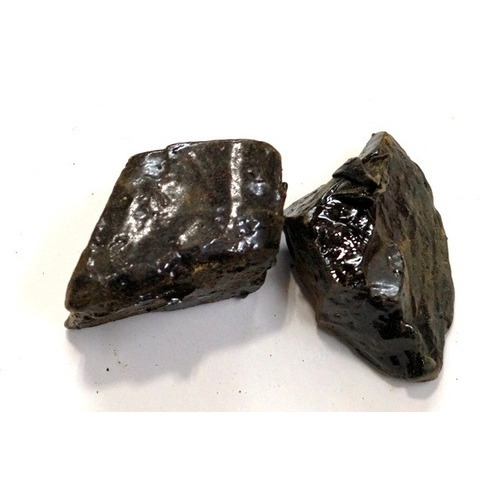SIBR-E-ZARD

English : Aloe/Indian Aloes
Urdu : Ghee-Kanwar/Elva/Sibr-e-zard
Telugu : Kalabanda/Chinna-Kalabanda
Description :
It is a well-known and widely grown plant, having thick and upto 60cm long leaves with throny edges, growing from the root all round. It looks like a collections of leaves only and in middle of the leaves there grows a branch bearing beautiful red flowers. On cutting a leaf some yellow stickly bitter fluid oozes which is called the mucilage of Gheekanwar. When this expressed juice is dried , it is called Elva or sibr which is used as drug or with other drugs like Suranjan
Many Varieties of Aloes are Available through out the world. For example
- Cape aloes, prepared in cape colony from Aloe ferox, Mill
- Curacao aloes, prepared in islands of curaco,
- Barbados aloes on Island of Barbados
- Socotrine aloes which is considered the best variety to be used in medicine prepared on the islands of Socotra on the African and the arabian mainland.
- ZanZier aloes which is regarded as a variety of Socotrin and usually imported to India
ZanZier aloes consist of semi-solid masses or may be present as small flattened oval cakes about 5-7cm. It has livery brown colour and a dull waxy smooth fracture usually showing a few small cavities. Its odour is characterstic and the taste is very bitter.
Indian aloes occur in dark chocolate-brown to black, irregular mass, surface dull , opque with slightly viteous appearance. Odour characterstic , taste nauseous and bitter.
Action and Uses:
Aloe is stomachic and liver tonic is small doses, purgative, emmenagogue and anthelmatic in large doses. It is resolvent and hair- growth stimulant. It cleans brains crudities through purgation.
It is used in the treatement of swellings, hepato-megarly, spleeno-megaly,helminthiasis, constipation, rheumatic pains, sciatica, lumbago and gout.
It is also included in the formultions, related with brain diseases e.g. Hemiplegia, facial palsy etc. It isalso mixed with castor oil and applied in the anus to kill or expel the thread-worms. It is dissoloved in spirit and used as a hair-dye to stimulate hair-growth.
Ibn sina’s view:
It is desiccant with out producing irritation, and healing for ulceratvie whitelow. It is useful in arthalgia, opthalmia, ulcers and itching. It cleans billious and phlegmatous substances from stomach. It is purgative and useful in gastric pains.